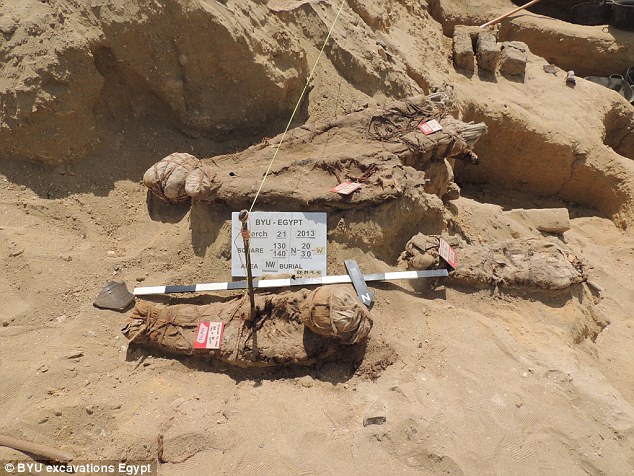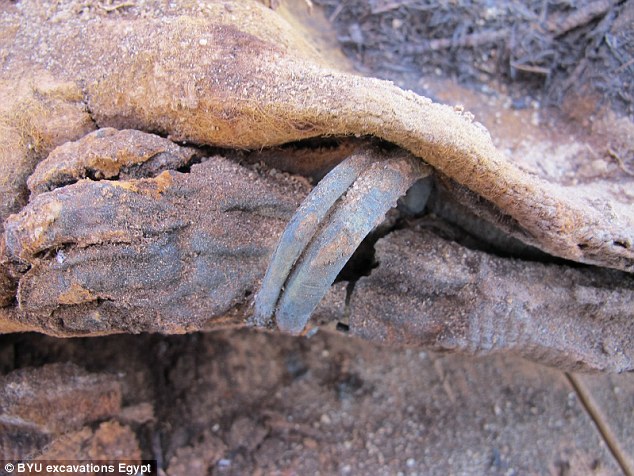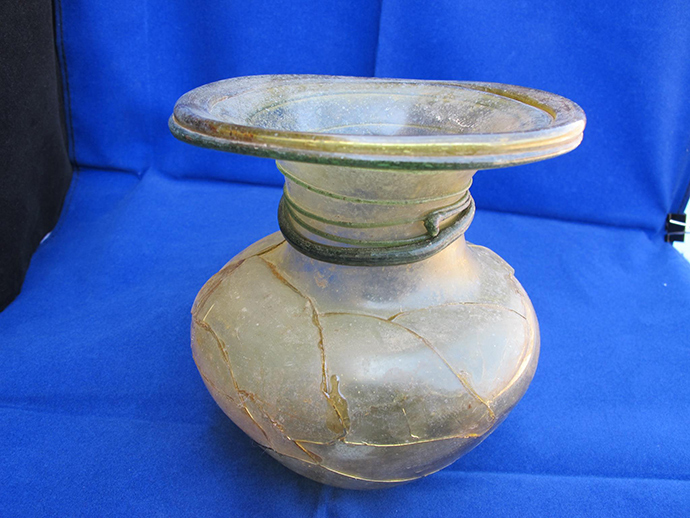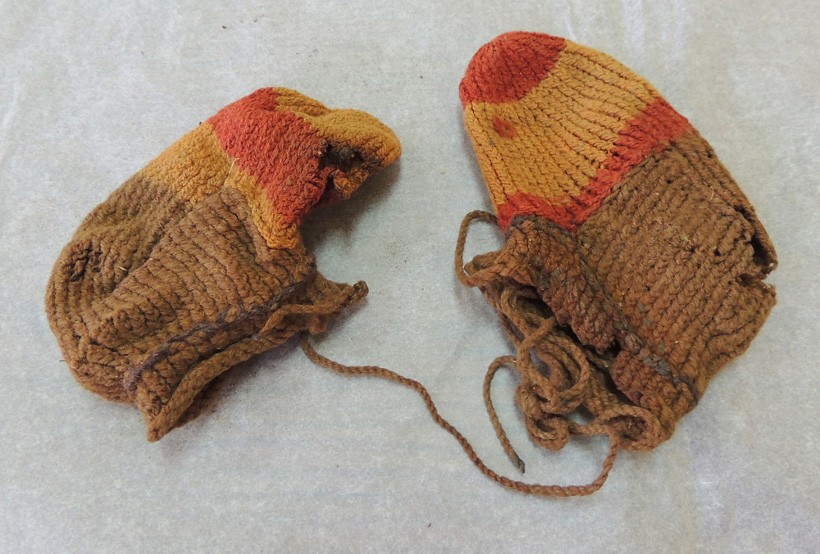The Million-Mummy Cemetery
/
Welcome back to the blog! Ann and I would like to wish you a very happy New Year and all the best for 2015. It’s going to be an exciting year for us, with the latest release in the Abbott and Lowell Forensic Mysteries next month and hopefully a few announcements along the way.
Here on Skeleton Keys we like to talk about forensics and forensic anthropology, but an offshoot of that is archeology. A big announcement in the field of archeology was made in December when we’d already gone on hiatus, so we wanted to make sure we took the time to talk about it when we came back. A team of Egyptian archeologists from Brigham Young University in Utah announced that they discovered new and startling details concerning a cemetery estimated to date back to between the 1st and 7th century A.D. This isn’t just any ordinary run-of-the-mill ancient Egyptian cemetery, if there is such a thing—this is a cemetery containing an estimated one million mummies.
Let’s stop for a minute and consider that. One. Million. Mummies. That’s 30% more than the current population of Boston, all in one cemetery. Truly mindboggling.
The cemetery is located on the Fag el-Gamous necropolis in the hot desert climate of the Faiyum region, sixty miles south of Cairo. The cemetery itself is not a new discovery—it was first revealed about 30 years ago—but for the first time, scientists are beginning to understand the scope of the find. So far, only 1,700 bodies have been excavated from the deep troughs cut into the limestone terrain, but the breadth of the cemetery is known, allowing them to estimate a total population size. The bodies are buried in dense groups: in a section of land only five meters square and two meters deep, an average of forty bodies are found. In some sections, the limestone shafts go down as deep as 23 meters (that’s 75 feet for our American readers). Do the math over the entire 300 acres and there could be a total of one million mummies.
There are some definite curiosities about the cemetery. The first being that there aren’t any nearby cities that would have produced such an immense number of deceased persons that didn’t already have its own burial ground. So where did the dead come from? It’s clear that these were not upper class Egyptians. While effort has clearly been put into burying the dead with love and care, the internal organs are almost always still intact (removal was an important step in the full mummification process of the rich and powerful), and the dead were buried with few, if any, grave goods. Instead of being buried in coffins, the bodies were wrapped carefully in linen or reeds and laid into the hot desert sands. It is the climate, rather than the burial process, that mummified the remains.
The burial pattern is also interesting. The remains are found grouped together by hair colour—blond hair in one section of the cemetery, red in another. Another group all had excellent teeth, an unusual trait for the time. It appears likely that families with strong genetic ties were all buried together.

One of the most telling burials discovered to date is that of an 18-month old girl. Lovingly wrapped in a tunic and linens, she was found almost completely preserved, indicating that her loved ones had done their best to start the mummification process for her. She wore a necklace and two bracelets on each arm, signs that she was buried with most of the family’s meager wealth as a sign of their love for her. She was found with several other bodies, likely family, but genetic testing will hopefully tell archeologists more.
The Fag el-Gamous site is clearly a cemetery of the common man during a time of Roman and then Byzantine rule in Egypt. The people who buried their dead were not the rich and powerful; instead they were the families that buried their loved ones with care and all their small wealth as they were able. Items such as small glass pots, glass beads and colourful woven children’s boots have been recovered. It says much about the people of the region.
Photo credit: Kerry Muhlestein, Brigham Young University





 97.7%
97.7%